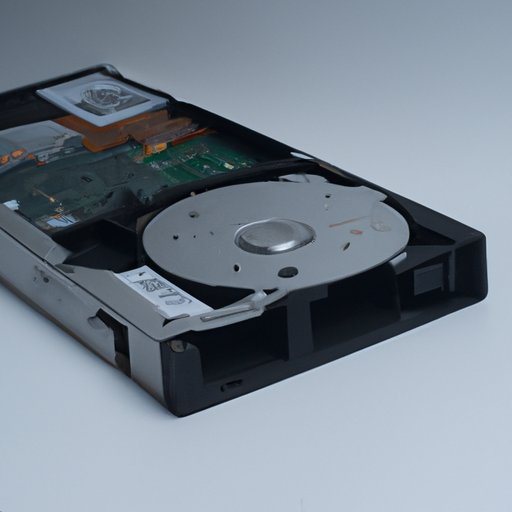I. Introduction
Knowing your PC specs is crucial when it comes to upgrading or troubleshooting your computer. Whether you’re looking to install a new game or software, or need to diagnose an issue, having a clear understanding of your computer’s capabilities is essential. In this article, we’ll provide a step-by-step guide on how to check your PC specs, as well as discuss the various Windows features and third-party tools that can help. By the end of this article, you’ll be a PC specs pro!
II. Step-by-Step Guide
To check your PC specs using Windows settings or control panel, simply follow these steps:
- Click on the Start menu and select Settings
- Click on System, then About
- Under Device specifications, you can find your processor, installed RAM, and system type (32-bit or 64-bit)
- Under Windows specifications, you can find the edition and version of Windows installed on your computer
- To check your storage and graphics card, click on Storage and Display respectively
It’s important to pay attention to the details provided by these specifications. For example, when checking your processor, you’ll want to look for the number of cores, clock speed, and model number. When checking your storage, look for the type of drive (e.g. SSD, HDD) and the available space. When checking your graphics card, look for the amount of dedicated VRAM.
III. Tools or Softwares
In addition to using Windows settings and control panel, there are several third-party tools and software that can help you check your PC specs, such as CPU-Z, Speccy, and HWiNFO.
CPU-Z is a free tool that provides detailed information about your processor, motherboard, memory, and graphics card. Speccy is a paid software that offers more comprehensive information about your computer’s hardware, as well as the ability to create custom reports and real-time monitoring. HWiNFO is a comprehensive system information tool that can be used for benchmarking, monitoring, and diagnostics.
When choosing a tool or software, consider factors such as ease of use, accuracy, and additional features. For example, if you’re only looking for basic information, CPU-Z may be the best option, while if you need more advanced diagnostics, HWiNFO may be the better choice.
IV. Windows Features
Windows offers several features that can help you check your PC specs, including Device Manager, System Information, and Task Manager.
Device Manager can be accessed by right-clicking on the Start menu and selecting Device Manager. It provides a detailed list of all the hardware components installed on your computer, as well as their properties and status.
System Information can be accessed by typing “System Information” in the Start menu search bar. It provides an overview of your computer’s hardware resources, components, and software environment.
Task Manager can be accessed by right-clicking on the taskbar and selecting Task Manager. It provides real-time information about your computer’s processes, performance, memory usage, and network activity.
When using these features, it’s important to know how to interpret the data displayed. For example, understanding the difference between physical memory and virtual memory can help you identify memory-related issues and optimize your computer’s performance.
V. Hardware Check
Physically checking your PC’s hardware components can also provide valuable information about your computer’s specs. To do this, you’ll need to open up your computer and identify each hardware component, such as the motherboard, CPU, RAM, and GPU.
When identifying each component, look for specific details such as model number, clock speed, and capacity. You can also test your hardware using various diagnostic tools, such as Memtest86+ for memory testing.
While checking your hardware can be more time-consuming than using software or Windows features, it can be helpful in identifying more complex issues or confirming specific specs.
VI. How to Read Specs
When reading PC specs, it’s important to understand commonly used technical terms and acronyms, as well as the significance of various specifications.
Some examples of technical terms include GHz (clock speed), GB (storage capacity), DDR (memory type), and VRAM (graphics card memory). Understanding these terms can help you make informed decisions when upgrading or troubleshooting your computer.
Some examples of significant specifications include clock speed, core count, storage capacity, resolution, and graphics card memory. Knowing the recommended or minimum requirements for certain software or games can help you determine if your computer can handle them.
VII. Conclusion
In conclusion, checking your PC specs is an essential step in maintaining and optimizing your computer’s performance. By using Windows settings and control panel, third-party tools or software, Windows features, hardware checks, and understanding how to read specs, you can gain a comprehensive understanding of your computer’s capabilities.
We encourage you to check your PC specs regularly, and use this article as a guide whenever you need to upgrade or troubleshoot your computer.
